"To the greatest calamity of this province, cholera has reappeared in Pera, and has already led to the burial of fifty people!" (Newspaper «O Popular», January 24, 1856)
The year 1855-56 was a dark one for the Algarve. We continue here to recall the evolution of the cholera pandemic, through a report prepared at the time, by the administrative and health authorities.
Thus, after Aljezur, Tavira and Lagos, the disease made itself felt in Faro. The district capital, with two parishes, São Pedro and Sé, had 7 inhabitants spread over 341 dwellings. There were no swamps or ponds, but «in the ebbs of the tides there are small creeks surrounded by extensive mudflats, which exhale fetid miasmas».
in the surroundings of Faro, «little or no vegetation», however «at a short distance there are good sowing lands, many farms, vineyards, and fig trees, and houses very well accepted».
The water came from wells and was of good quality. The dwellings of the wealthiest families were «well built, comfortable and in good hygienic conditions», while the humble «small, some less ventilated, and in general little or not at all clean».
Farenses were engaged in agriculture, commerce, public jobs and the arts.
In terms of food, in the favored classes «they use good food, animals and vegetables, but the poor, of which the city is very abundant, eat poorly». The latter “rarely eat wheat bread, and their food in winter is cabbage in abundance and corn porridge; in spring broad beans; in the pumpkin, grapes and figs; and in autumn dried figs and fish of poor quality'. Fish, of course, was the most frequent food in coastal towns.
As for clothing, «the inhabitants are poorly dressed, especially the fishermen».
The city, despite being very healthy, the epidemic had spread there with «violence», in 1833, since then, only the «diseases of the seasons» were registered. The first case of cholera appeared on August 8, in an 18-year-old fisherman, who died 39 hours later.
Immediately, "it was a matter of arranging a hospital of its own in two large wards of the spacious hospital of Mizericordia, with the necessary beds, doctors, nurses, assistants, its own apothecary, and means of prompt driving".
The city's six doctors were divided between the two parishes, to treat cholerics in their homes. A relief commission was also organized to help those most in need.
The epidemic progressed mainly in the confining areas of Faro, reaching fishermen and their families. The days in which it was most vehemently proclaimed were between the 23rd and 27th of August, ending on the 13th of the following month (37 days of fear).
At the beginning of September, 4 facultatives (doctors) arrived from Lisbon, sent by the government, along with medicines and “a large portion of rice”.
Given the stage of contagions in remission, doctors were moved to other places in the district, medicines were distributed by pharmacies and rice by indigents.
Em Faro, 82 people were hospitalized, of which 51 died. At home, 528 patients remained, and 286 died. Altogether, 337 of the 610 infected died.
Among the physicians, Dr. Francisco d'Assis Belleizão, as well as the administrator of the municipality António Ribeiro Viegas e Silva, «for the activity and zeal they developed in helping the sick, and in providing for public hygiene».
In the remaining parishes, there were rare cases of the disease, with the exception of São Brás de Alportel, then term of Faro. With 1 dwellings and 407 inhabitants, the village was located amidst a lot of trees, namely carob trees, fig trees, olive trees, vegetable gardens and vineyards.
Its inhabitants were engaged in agriculture, along with commerce (muleteers) and consumed «very good and abundant water from springs». There were no swamps there, no diseases to report.
The buildings were small, constructed of mud, stone, and empty tile. As for food and clothing, with few exceptions, they are from now on designated as identical to the locations already mentioned.
The first case broke out on the 10th of September, the epidemic having progressed with impetuosity between the 24th and 29th of that month, ending after 36 days, on the 15th of October. Assisted by the doctor Manuel Luís Machado, the final balance was 122 infected, of which 61 died.
The first days of August were critical in its dissemination. in the county of Olhão she made herself feel, just like in Faro, on the 8th. However, if the village had been attacked in the previous year, in 1855 the epidemic focused mainly on the parish of Moncarapacho and neighboring hills Quelfes.
These two parishes had 1 dwellings, with 468 inhabitants, who were in charge of agricultural work and “in the many factories and ovens for crockery that exist there”.
Moncaparacho was a populous village, «surrounded by many trees, carob, almond and olive trees». The water for human consumption came from wells, it was abundant and rich in calcareous salts.
In its surroundings there were no swamps, but it was humid due to the nearby water lines. The dwellings, built in masonry, were «small, without amenities, and not very clean», while the clothing and food were similar to other rural villages, although here «the inhabitants somewhat abuse wine and brandy».
Cholera raged with intensity between the 20th and 24th of August, ending on the 2nd of September, after which it continued in places in the parish of Quelfes, ending in the municipality on the 17th of October. 257 people were infected, of which 122 died.
At the same time that the scourge was being felt in Faro and Moncarapacho, he also manifested himself in Alvor. Large village, without swamps or ponds, although in the vicinity of a river. In the surroundings, groves of olive, almond and essentially fig trees predominated.
Good quality water was collected from wells. The dwellings «mostly are single-story, covered with tile-vaa, built with mud walls without flooring, and with little access».
The parishes of Alvor and Big Mexilhoeira they housed 1 dwellings and 082 inhabitants. They dedicated themselves to agriculture and fishing. With no endemic diseases, there were no epidemic cases in 3, when the disease developed in Portimão and Lagos.
With great violence of contagion between the 22nd of August and the first days of September, the epidemic stopped there on the 1st of October. In total, 392 people were infected, of which 331 died.
The parish priest Francisco Prazeres Cabrita was evident in his fight, “joining the administration of spiritual aid to that of food and pecuniary aid; and distinguished himself in extending a beneficent hand to the unfortunate”.
At the county seat, Vila Nova de Portimao, the first cases were diagnosed on 22 August. The parish housed 1 dwellings, with 587 inhabitants. These were engaged in agriculture, commerce, arts, navigation, fishing, and in the «traffic of the river».
The dwellings «of the poor people are low, with mud walls, without floors, covered with empty tile, ventilated but without air conditioning, mainly those in the Fumeiros neighborhood, where the seafarers lived».
The water came from cisterns and wells, «there being at a distance of a league, on the left bank of the river, a source called Gramacho, of excellent water, where they go to fetch it in boats». There were no swamps.
In the surroundings, vegetable gardens and vineyards predominated, as well as olive, almond and fig trees.
The disease was soon felt with great transmission, a hospital was created, as well as pecuniary aid collected from Portimonenses for distribution to the most needy.
A lazaretto was also established in the Santa Catarina fortress, where the crew of the war steamer Lynce, also infected, was sent. The two local doctors José Marques Neves and Dâmaso Pimentel had the support of one of the Lisbon doctors, José Henriques Teixeira.
The disease spread mainly between the 24th and 27th of August, reaching 50 infected per day. On the 9th of October it was eradicated. The Fumeiros neighborhood was one of the hardest hit.
In the 55 days in which it was felt, 516 people were infected, of which 229 died (47 sick people were in the hospital, 28 were saved).
It was still propagated in Portimão, when, in Silves, the first patients appeared. The parish had 1 dwellings, with 223 inhabitants.
Drinking water came from wells and fountains, which “they have it in abundance”. It had little trees, but excellent “sowing lands and good gardens”. In the river there were some swamps, essentially in the meanders. "Intermittent fevers of a bad character" were frequent.
Cholera reigned there for 52 days, between 4 September and 25 October, with two peaks of infection, 20 and 28 September and 15 and 18 October. A hospital was created and public hygiene measures were taken.
In total, 65 people were infected, of which 35 lost their lives. The doctor Nicolau Joaquim Águas stood out in supporting the sick.
In administrative terms, let us specify the case of Silves, which will not be dissimilar in the region. Chamber meetings become irregular in June.
In July, there was only one session and another in August and four canceled due to lack of quorum, in the same period. Between 8 August and 31 December the council did not meet.
On the 8th of August, it was recognized that, «being threatened by the scourge of Colera morbus, it was absolutely necessary to take the most energetic measures to improve the deplorable state of cleanliness in the City, and in the villages of the county".
Thus, it was decided that the Silvenses clean their streets every Friday, being inspected on the immediate Saturdays, as well as that they remove «the manure in the streets and surroundings of the city and villages» until the 17th, under penalty of fines.
At the next meeting, on 31 December, two references to the epidemic appear: the request by one of the tenants to reduce the benefit in view of the damage suffered by the ban on the fairs of Todos os Santos, in Silves and of Nossa Senhora da Saúde, in Messines ; and José Martins de Armação's request for support from the municipality to raise two twins, given that his wife had died of cholera. Order granted.
Let us now see the behavior of the epidemic on the coast of this county. the parish of Alcantarilha, which Armação de Pêra belonged, had 785 dwellings with 3 230 inhabitants.
According to the Report, there were no swamps or marshes. Alcantarilha was surrounded by trees «of olive, almond and fig trees, and land with cereals, vegetables and vineyards», the main economic activity being agriculture.
The dwellings, of which there was no description in Silves, were here, with the exception of «some people of fortune, with empty roof tiles, and nam sam comfortable, airy, or clean». The water came from the wells and was 'quite brackish'.
There were no endemic diseases, in 1833 cholera raged there with little intensity.
Armação de Pêra, on the other hand, was «a very small village, (…) composed of few inhabitants, all fishermen, and poor». In the surroundings only vineyards. The houses are small, covered with empty tile, and not clean. The inhabitants do not have any outerwear in their clothing».
The food «is almost exclusively figs and carob beans» and the main occupation is fishing. Subject to cutaneous affections and intermittent fevers, they were badly affected by cholera in 1833.
Very close, the parish of Wait it had 461 dwellings, with 1 inhabitants, who were engaged in agriculture and as muleteers. They were supplied with the same water as the previous ones. The buildings were covered with empty tile, ground floor, damp and poorly ventilated.
The food consisted of meat, fish and vegetables. The surroundings were full of fig, almond and pine trees, as well as cereal and vegetable lands.
In the “choleric epidemic of 1833 they suffered a lot, but since then only ordinary epidemics have appeared. There are no endemic diseases”.
It should be noted that no reference is made either to Lagoa dos Salgados, on the Espiche stream, or to the lagoon on the Alcantarilha stream, next to Armação, so they probably would not exist.
In Alcantarilha, the disease was felt diffusely between 22 October and 2 February, affecting 22 people, 9 of whom died. In Armação, the outbreak began on 20 November, ending two months later, with a total of 20 patients, of whom 7 lost their lives. In Pêra, it arrived on the 31st of December and remained there until the 1st of February 1856, having raged with great intensity until the 7th of January. In total, it infected 176 individuals, of which 87 died.
The doctor Hermenegildo José Chaves helped the two parishes. Panic in those ghastly days was the rule. The proximity of these villages led to the flight of two brothers from Pêra to Alcantarilha, aged 6 and 9, after the death of three other brothers in Pêra, however, they had already contracted the disease, which developed in the following days.
The epidemic was spreading in the region, when, on a misty morning in January, a new and unexpected calamity befell the Algarve…
(Go on)
Author Aurélio Nuno Cabrita is an environmental engineer and researcher of local and regional history, as well as a regular collaborator of the Sul Informação.
Note: In the transcripts, the spelling of the time was preserved. The images correspond to illustrated postcards from the first half of the XNUMXth century, with the exception of the table, inserted in the Report.
Click here to read the first article in this series
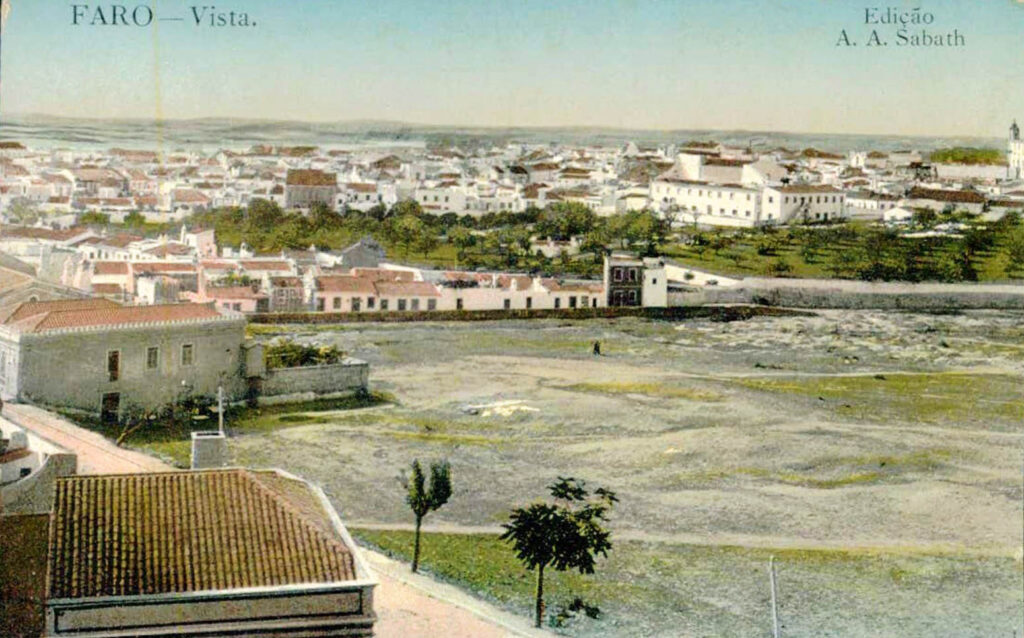
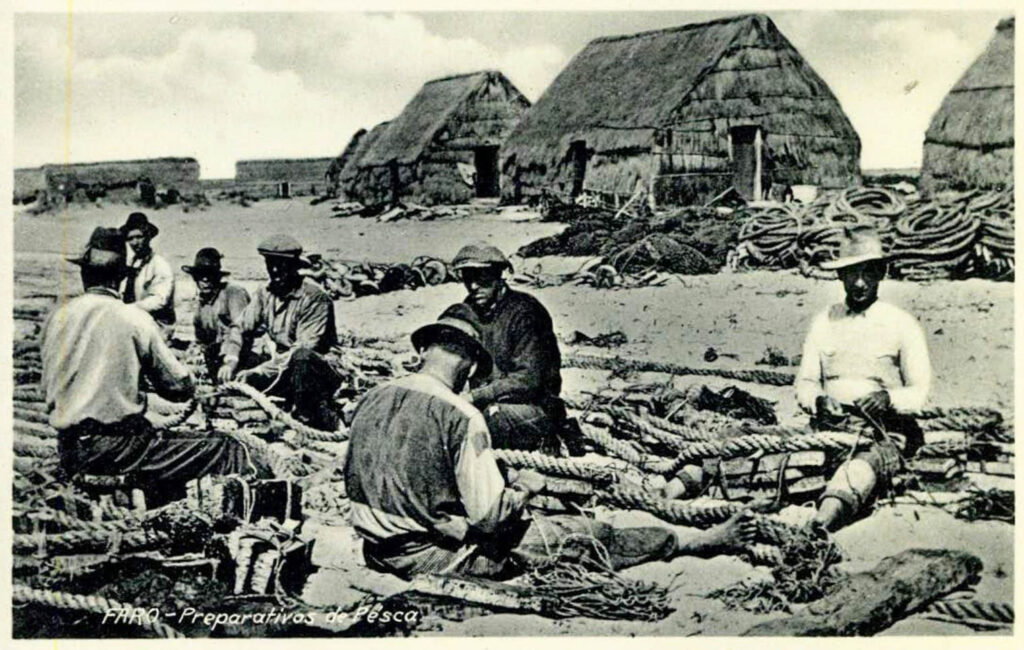
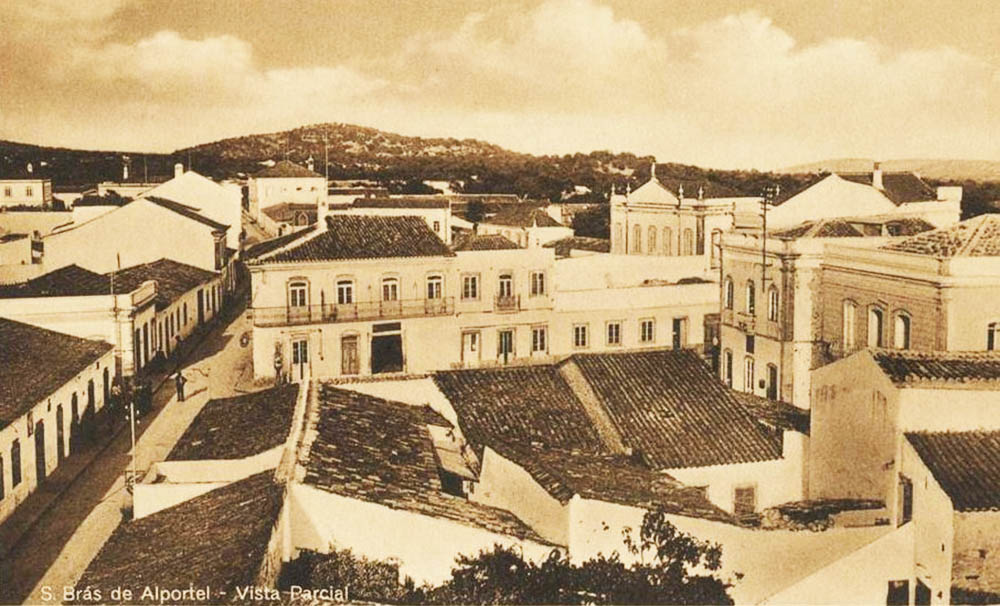
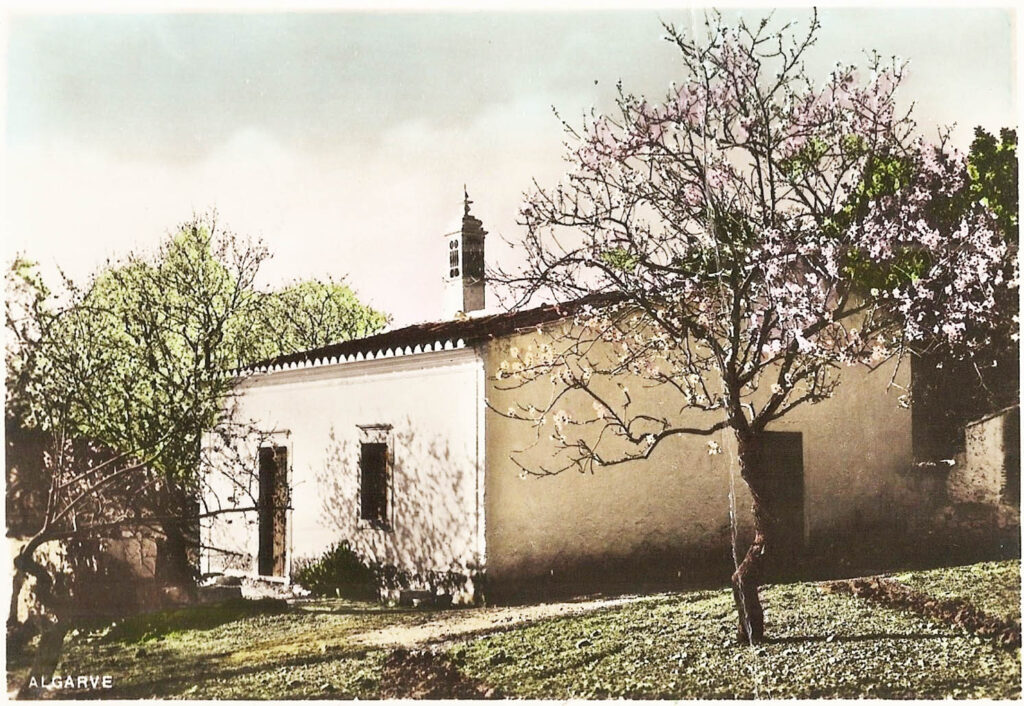
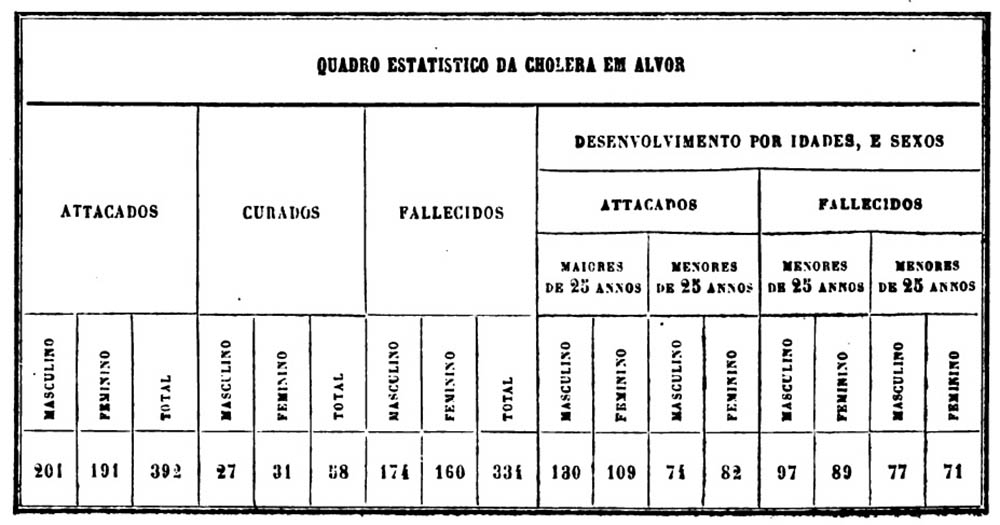
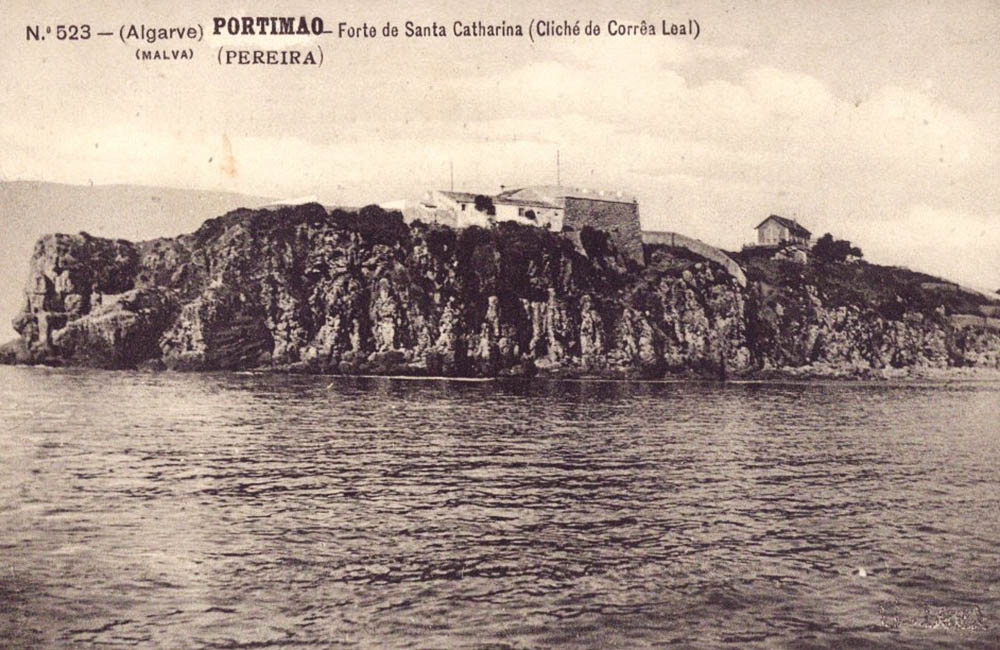
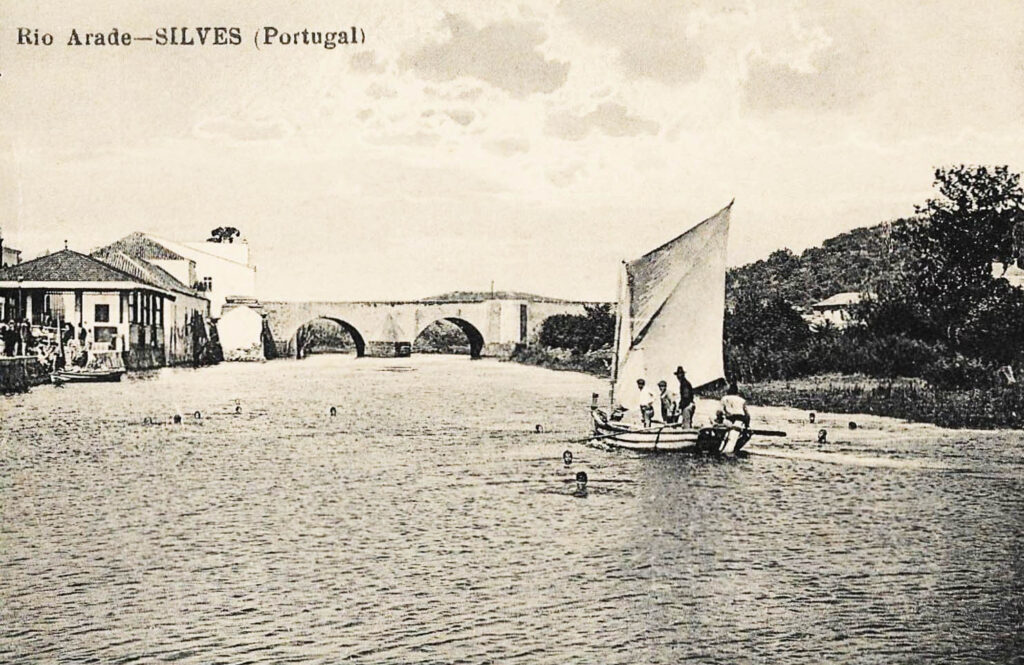
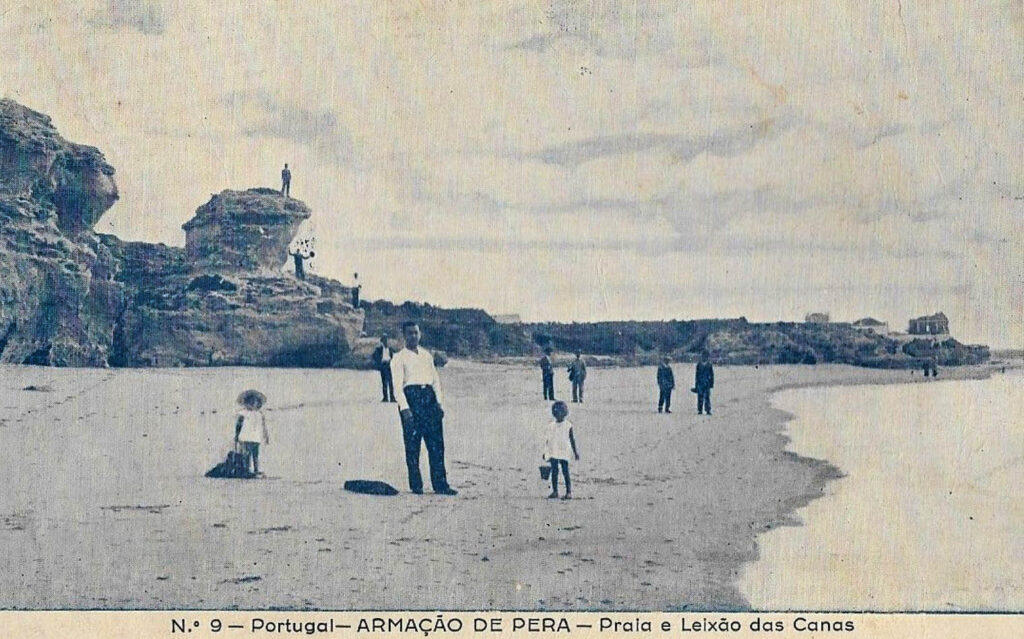



















Comments